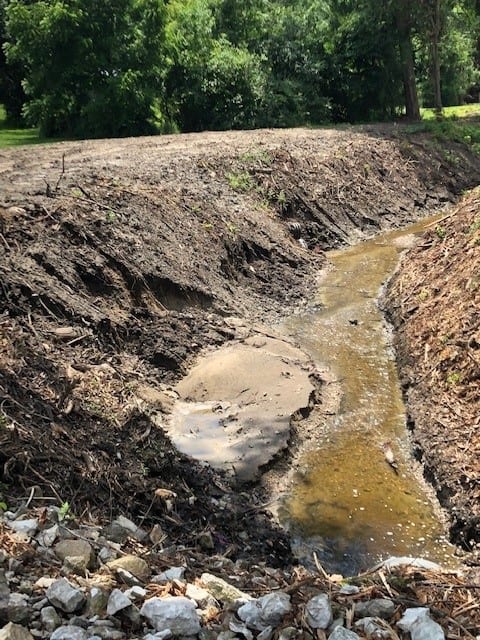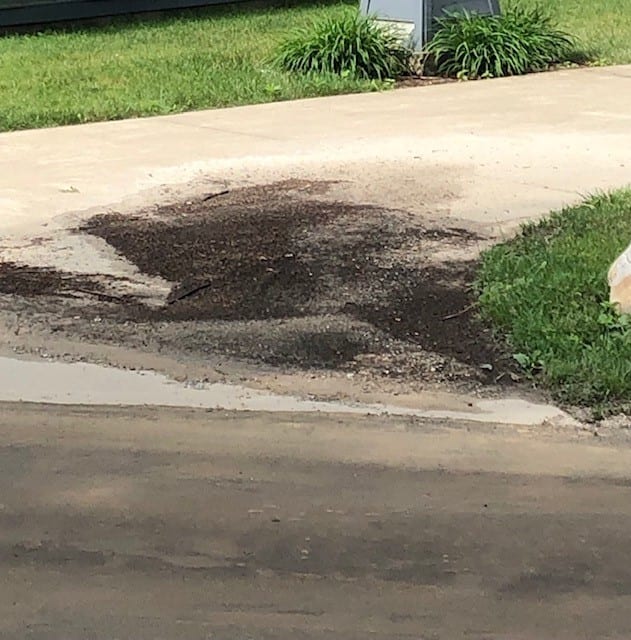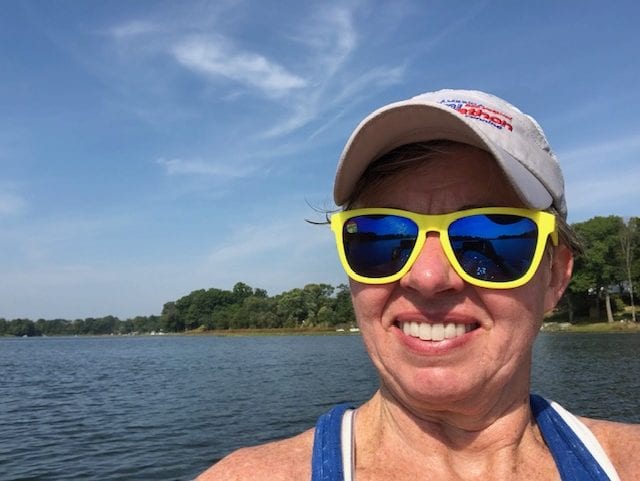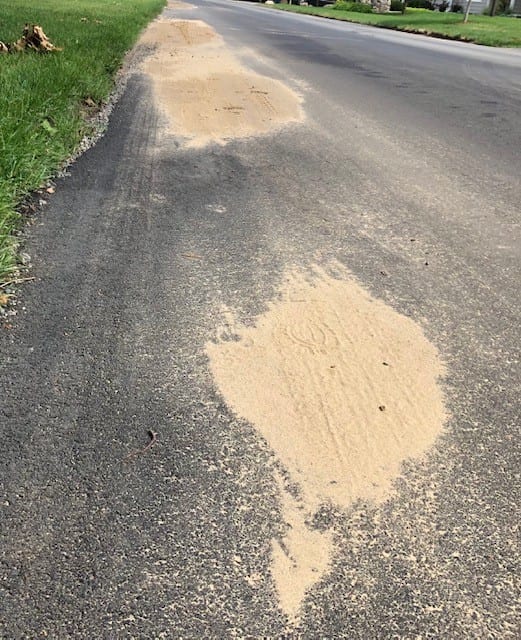According to The Environmental Protection Agency, sediment – loose sand, silt, clay and other soil particles – is the most common pollutant in our waterways. Accelerated erosion from human use of land accounts for 70% of that sediment, and the most concentrated sediment releases come from construction activities, including relatively minor home-building projects.
What is Sediment Pollution? Brochure (epa.gov)
Sediment is “natural” so it doesn’t hurt the lake – FALSE!

- Sediment fills up storm drains and catch basins that carry water away from roads and homes, increasing the potential for flooding.
- Water polluted with sediment becomes cloudy, preventing animals from seeing food.
- Cloudy, murky water prevents natural vegetation from growing.
- Sediment in stream beds disrupts the natural food chain by destroying the habitat where the smallest stream organisms live and causing declines in fish populations.
- Sediment increases the cost of treating drinking water and can result in odor and taste problems.
- Sediment can clog fish gills, reducing resistance to disease, lowering growth rates, and affecting fish egg and larvae development.
- Nutrients transported by sediment can activate blue-green algae that release toxins that can make swimmers sick and can be fatal to animals.
- Sediment deposits in rivers can alter the flow of water and reduce water depth, which makes navigation and recreational use more difficult.
Let’s repeat #7: Nutrients transported by sediment can activate blue-green algae that release toxins that can make swimmers sick and can be fatal to animals.
The rain event this past weekend showcases the sediment issue, which is not limited to Lake Maxinkuckee, Marshall County or even Indiana. Just drive around the lake and notice the patches of loose sediment on the road from all the construction. Most of it will eventually find its way into the lake, carrying nutrients such as phosphorus – a major driver of blue-green algae blooms – with it. I was repeatedly asked where the blue-green algae bloom earlier this month came from and sadly, I see examples of potential sources every day.

You cannot get through a single day without having an impact on the world around you. What you do makes a difference, and you have to decide what kind of difference you want to make.
Jane Goodall
For ways you can make a positive impact visit:
How to Manage and Control Storm Water Runoff (Fact Sheet) | MU Extension (missouri.edu)

Hi, I’m Debbie Palmer. I received a BS in Horticulture from Purdue University. Here at LMEF, I am responsible for outreach presentations, monitoring the lake and it’s wetlands, project manager for restoration and research projects, and act as a community resource for all things related to the well-being of Lake Maxinkuckee and its surrounding watershed. I completed Indiana Watershed Leadership Academy, volunteer with the Indiana Clean Lakes Program, Hoosier River Watch and Marshall County Lakes and Waters and serve as a Board Member for Indiana Lakes Management Society.


Recent Comments